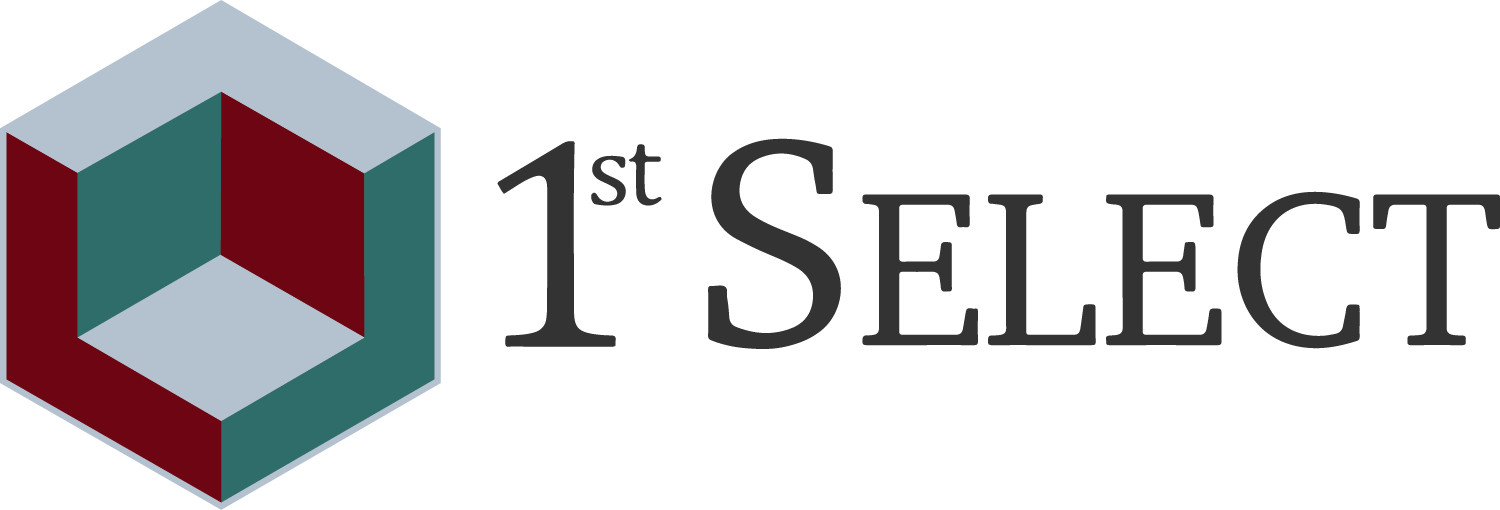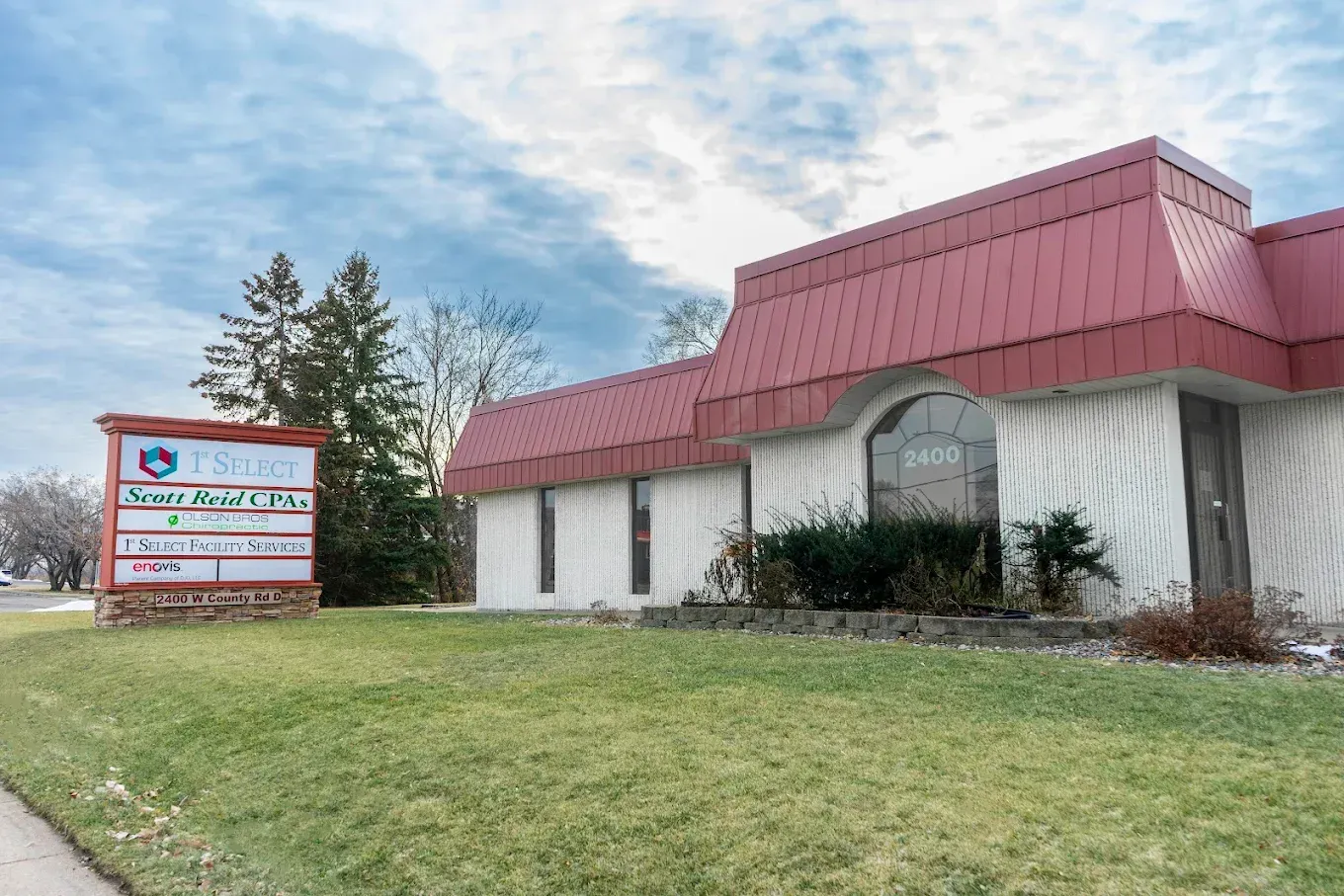Understanding Minnesota's Energy Benchmarking Program: A Guide for Property Owners

Perhaps you’ve heard that the State of Minnesota will be auditing large buildings for energy inefficiency this year. You might be wondering if your investment properties are impacted and how to prepare. This is a significant change that will come with challenges, but don’t worry. 1st Select Property Management is here to break everything down for you.
What’s the State of MN Energy Benchmarking Program?
The Minnesota energy benchmarking law, Minn. Stat. 216C.331, is a significant legislative change aimed at increasing transparency in building energy usage. This law is particularly important for multifamily and commercial property owners, as it mandates annual energy usage reporting for large buildings.
The purpose of energy benchmarking is to create transparency in building energy usage, identify inefficiencies, promote energy conservation, save money on energy costs, and reduce greenhouse gas emissions.
What buildings are affected?
The law requires large buildings that are 50,000 square feet or larger to report their annual energy usage data to the state. The program rolls out in phases based on building size:
- Buildings 100,000 square feet and larger must begin reporting by June 1, 2025.
- Buildings 50,000 square feet and larger must begin reporting by June 1, 2026.
Some exclusions exist, including:
- Residential properties with fewer than five dwelling units
- Manufacturing properties
- Mining/Agricultural/Electric Power Generation facilities
The easiest way to determine if your building is affected is to utilize the Touchstone IQ Lookup Tool.
What’s considered “energy”? How will we report it?
Energy includes electricity, natural gas, steam, or other products used for heating, cooling, lighting, water heating, or powering other end uses in a building.
Reporting Process:
- Create an ENERGY STAR Portfolio Manager Account:
- Go to the ENERGY STAR Portfolio Manager website and create an account.
- Add your building(s) to your account with all relevant property information.
- Identify and add your State of Minnesota Building ID using the Building ID Lookup Tool.
- Upload Energy Data:
- Enter 12 full months of whole-building energy data from the previous calendar year (January 1 – December 31) into the Portfolio Manager.
- Utility providers like Xcel Energy, Minnesota Power, and CenterPoint offer automatic uploads of aggregated whole-building energy data directly into the Portfolio Manager. For other providers, you may need to manually enter the data or upload it via a spreadsheet.
- Run the Data Quality Checker:
- After entering the energy data, use the Data Quality Checker in the Portfolio Manager to check for possible errors.
- Connect and Share with the State of Minnesota:
- Connect your Portfolio Manager account with the State of Minnesota and share your building's data.
- Complete the Energy Reporting Form:
- Confirm property details and energy data in the Large Building Energy Benchmarking Portal.
- Submit your report through the portal.
What Happens Next?
Like most energy benchmarking programs, the goal is to create transparency about energy usage. However, compliance will likely require upfront investments in energy audits and potential upgrades or retrofits to meet the reporting requirements. This should help create more efficient and cost-effective buildings in the long term but may present surprise costs for some owners.
As a multifamily property owner, it's essential to start preparing for compliance with the Minnesota energy benchmarking law. 1st Select Property Management is here to help you navigate these new requirements and improve your building's energy efficiency. Contact us today to learn more about our services and how we can assist you in meeting the new standards.
Resources:
Benchmarking Portal -
https://benchmarkingmn.org/portal/login
ENERGY STAR Portfolio Manager -https://portfoliomanager.energystar.gov/pm/login?testEnv=false
Touchstone IQ Building ID Lookup -
https://buildingid.touchstoneiq.com/
Program Overview -
https://mn.gov/commerce/energy/consumer/energy-programs/large-building-energy-benchmarking.jsp
216C.331 ENERGY BENCHMARKING STATUTE -
https://www.revisor.mn.gov/statutes/cite/216c.331
Share this post
Still Have Questions? Just Want to Chat?
The 1st Select Difference
Managing your investment property shouldn't be a headache when there are experts to help you located right in Minnesota. Servicing the Twin Cities metro and beyond, 1st Select works with owners to define their goals and success, and then we build a plan specific to reaching your success. That's the 1st Select Difference.
We know that the investment journey is a long one, and it doesn't start with management. This is why we are a full service real estate firm capable of handling brokerage, management, and maintenance for commercial and multifamily investment properties. No matter where you are in your investment journey, 1st Select is here to help.
Click to learn more about us and our proven process for success!






